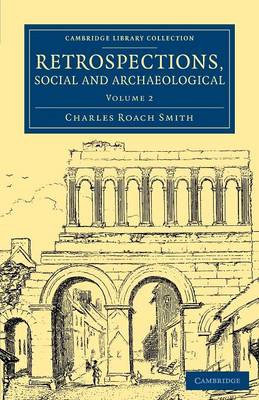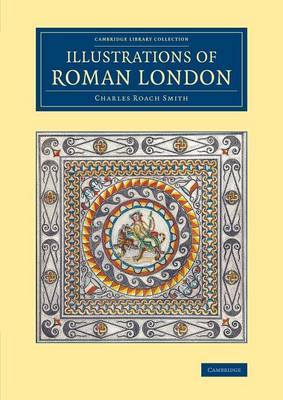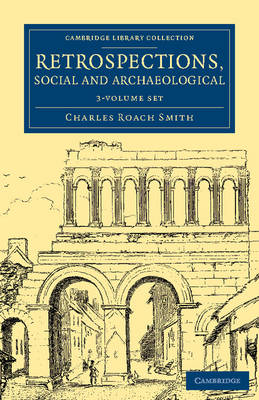Cambridge Library Collection - Archaeology
1 primary work • 7 total works
Volume 1
Retrospections, Social and Archaeological 3 Volume Set
by Charles Roach Smith
Retrospections, Social and Archaeological: Volume 3
by Charles Roach Smith
Retrospections, Social and Archaeological: Volume 2
by Charles Roach Smith



